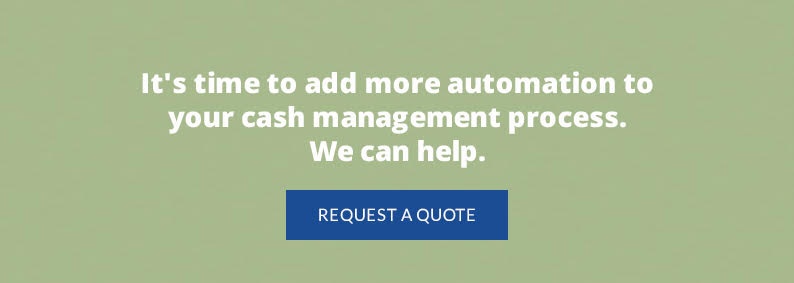There are many challenges in the retail environment, such as high overheads, fierce competition, and thin margins. Some of the challenges you face go hand-in-hand.
Think about retail shrinkage. Shrinkage is a problem on its own, but it also makes those tight margins even tighter. When your business faces high rates of shrinkage, you’re also watching your profits shrink.
Retail shrinkage comes in many different forms, but improper cash management can contribute to it. After all, if you’re not monitoring your cash closely, you could have a harder time identifying where the problems are happening.
With better monitoring, you’ll have a better view of your cash. In turn, you’ll be able to discover problems in short order, so you can minimize the issues as soon as possible. Get started with these five ways to reduce shrinkage in retail.
1. Increase Employee Accountability
You need every member of your team on your side when it comes to reducing retail shrinkage. Accountability means everyone is aware of the rules, and they’re held to account if those rules aren’t followed. Everyone must be responsible for their actions.
There are other ways to improve employee accountability too. New technology could help you track who is handling your cash and when. A smart safe, for example, can record how many times a personalized code is used to access it. This, in turn, allows you to more easily follow up with employees and hold them accountable.
Another key to improving accountability is to model good practice. Good leadership helps to create a better environment. It may even lower turnover, which can help reduce internal shrinkage.
2. Train Staff to Follow Security Policies and Procedures
Training your staff is another key method of reducing shrinkage in retail environments. It also makes it easier to see when someone is no longer playing by the rules. When everyone is held to the same standard, you can easily approach employees who are not following procedure.
Your staff should be knowledgeable about how to prevent shoplifting and how they should report instances of suspected shoplifting. Giving staff a crash course on shoplifting prevention will go a long way to preventing it from occurring in your business.
The same principle applies in your back office operations. Educate your staff on what to do if someone is behaving unethically. Tell them about the consequences of dishonest behavior. Make sure they’re aware of the rules.
3. Consider Your Store Layout
Your store layout may also encourage shrinkage. If your store is filled with high shelving units and blocked aisles, it’s more difficult to monitor people as they move through the store. This can encourage dishonest behavior from employees and customers alike.
You might also think about where your employees handle cash. If they’re handling cash on the busy floor, this may make them more susceptible to loss. Quiet areas are best, but you want to be sure they’re also well-monitored.
4. Develop a Culture of Loss Prevention
If everyone works together, loss prevention can be more effective. You should encourage your staff to care about both internal and external shrinkage. You can do this by informing them about how shrinkage affects everyone, not just the business.
In an industry with razor-thin margins, loss could mean someone has to be let go or the business shutters its doors. Good loss prevention helps keep the business running, which is better for everyone.
5. Invest in Automated Cash Management Technology
Automated cash management technology is one of the most effective ways to reduce shrinkage in retail. Cash management technology reduces the touches that you and your staff have with cash, increasing the security and efficiency of your daily store operations. Whether you need to sort, count, or store cash, there’s a technological solution that can help you improve accuracy and protect your assets.



